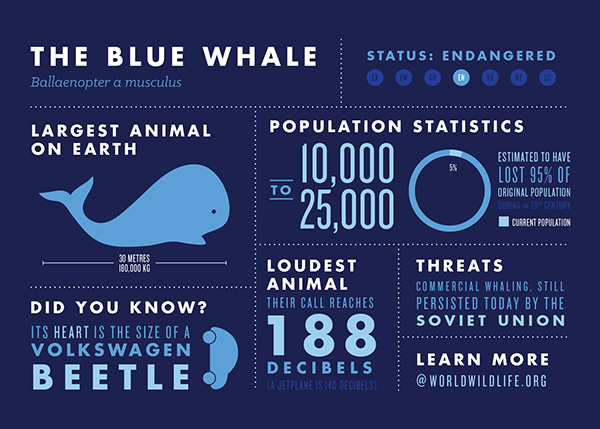Astronomicum Caesarium: from Tome to Postcard
The first aspect of the Astronomicum Caesarium which struck me was its sheer size. Measuring at 45.4cm × 32.3cm, the Astronomicum Caesarium was clearly the largest book that we investigated at Houghton Library. Astronomicum Caesarium’s size contrasts with the pocket sized tale of Tristram Shandy just across the table. Size is also one of the factors which separates a large tome like Astronomicum Caesarium from a different type of reading technology: postcards. Large page size allows more information to be viewed at once. Large pages also allow larger and more detailed graphics to be used. However, these large pages came with a literal cost. Books with larger pages are more expensive to produce both today and in 1540, when Astronomicum Caesarium was printed.
The Astronomicum Caesarium is a large reference book about astronomy. It details the locations of the planets at different times throughout the year using volvelles, movable cutout figures which are reminiscent of cipher wheels. During 1540, this book would most likely have been a part of a wealthy inventor’s private library or a part of a monastery library. The wealthy could afford to own an astronomy reference book. A significant amount of labor went into the production of this book. The volvelles in Astronomicum Caesarium were hand colored and fit together. The volvelles are actually still functional and they are still vibrantly colored.
So what if we tried to make a postcard version of Astronomicum Caesarium? We have already discussed the differences in pricing and physical size between books and postcards. It seems unwise to try to fit entire pages from the Astronomicum Caesarium onto a small notecard. If we just scaled all of the text and pictures down, they would be difficult to read. So in order to transfer Astronomicum Caesarium to a postcard, we would need to somehow change the format in a way that would work well with postcards. Since postcards are so small, they are effective at conveying one message or theme per card. Consider this informational postcard about the blue whale. A similar summarization of the content of Astronomicum Caesarium could be executed as well. However, summarization of the content would make it the postcards more valuable to non-specialists, while the book seems like it is made with specialists in mind. The key facts which can fit on a notecard are probably already known to the scientists. Omitting the details which astronomers need would make the postcard version of Astronomicum Caesarium significantly less useful to them. If instead, a set of postcards was released with all of the details in Astronomicum Caesarium, it would defeat the purpose of postcards, since you would need so many of them to contain all of the knowledge. Thus, a transfer of media from tome to postcard affects what audience Astronomicum Caesarium is most useful to. Postcards are designed for relative novices in a field, while reference books are used more by specialists.
One way to counteract this shift in audience is to adapt the volvelles onto a postcard. Interactive postcard designs already exist, like the puzzle one shown here, so a smaller volvelle could be put onto a postcard. These smaller volvelles would probably need to be less detailed sine there is less space to work with. So instead of increments of one day, the increments might be a week. A more complete transition from large book to postcard would involve both the volvelles and summaries. Having a summary of an astronomical object on one side of the postcard and a corresponding volvelle on the other side could make astronomy easy and accessible to the general public. While a single postcard could not compare to the book version of Astronomicum Caesarium, a series or collection of postcards can do a better job.
Converting Astronomicum Caesarium from a tome to a postcard changes its cultural meaning. Instead of a reference book for astronomers, it becomes a set of fun facts for the general public. The lower cost of producing postcards also makes it less of a collectable item. The tome version of Astronomicum Caesarium was valued for its size, volvelles, and content. A postcard version of Astronomicum Caesarium does not have the impressive size of the original and the volvelles and content would need to be less detailed to fit on the smaller technology. As a result of this transformation, general information becomes more accessible because it is cheaper to produce and easier to distribute. Further, the information could be geared towards the general public. This transformation of reading technologies results in the loss of collector value and the loss of a resource for scholars.



